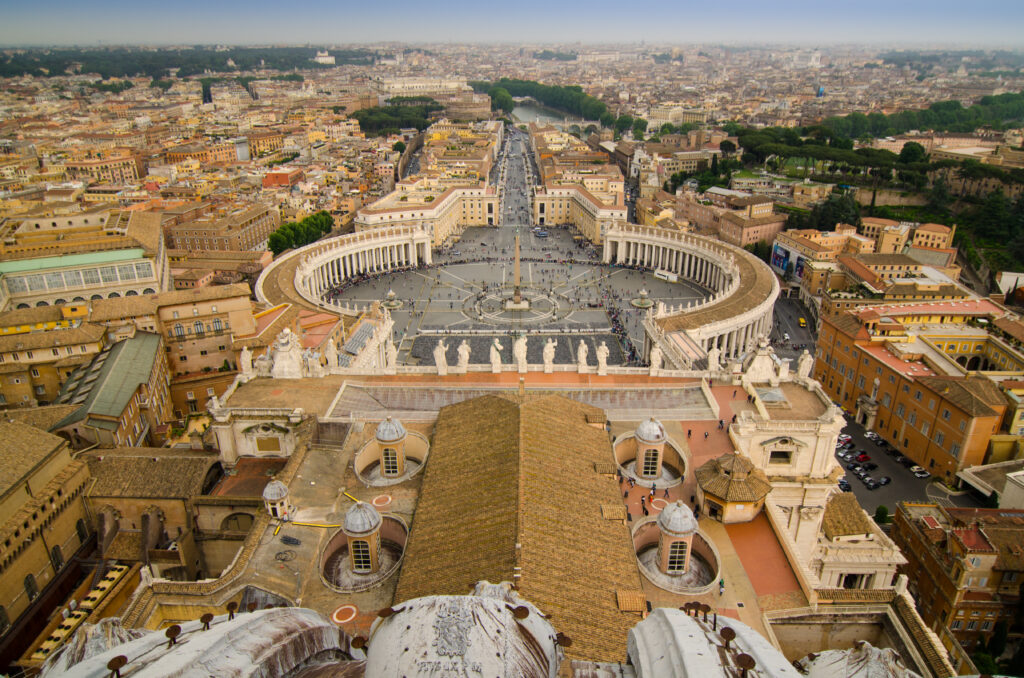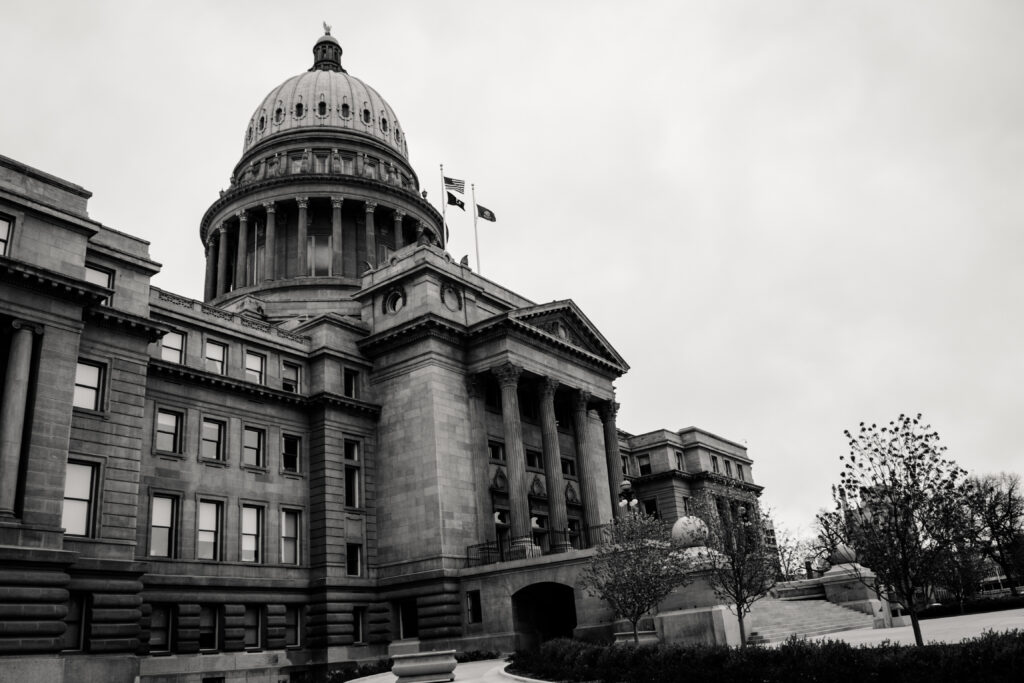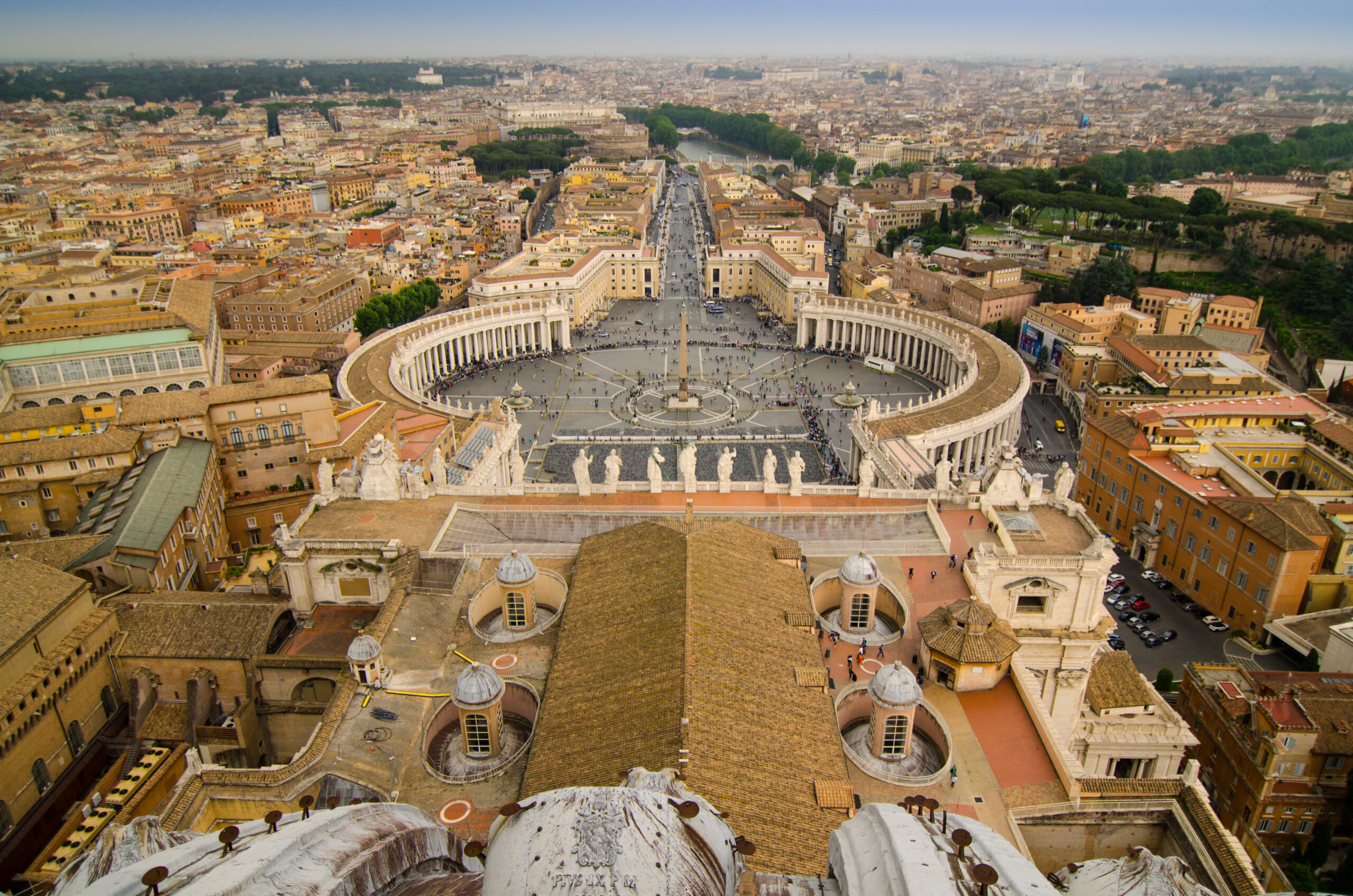Maryland, a state located on the eastern coast of the United States, is home to captivating cities and historical landmarks. Among the fascinating aspects of this state is its vibrant capital. As you begin to explore Maryland, the question arises: what is the capital of this remarkable state? The capital of Maryland is Annapolis. Known for its rich history, picturesque landscapes, and vibrant culture, Annapolis has become a significant city not just for the state but for the entire country. In this comprehensive article, we will explore the geographical location of Maryland, delve into its historical context, discuss the importance of knowing the capital, and take a closer look at Annapolis as the capital city. Additionally, we will highlight famous landmarks in Annapolis, annual events in the city, and some fascinating places to explore beyond the capital.
Overview of Maryland
Geographical Location
Maryland, located on the eastern coast of the United States, is situated between the states of Virginia, West Virginia, Pennsylvania, and Delaware. With its proximity to major urban centers such as Washington D.C. and Baltimore, Maryland has become an important hub for various industries.
History
Maryland has a deep-rooted history dating back to the Colonial period. It was one of the original thirteen colonies that declared independence from British rule and played a critical role in the Revolutionary War. Following its independence, Maryland became the seventh state to join the United States of America and has since witnessed significant historical events.
Population
As of 2021, Maryland has an estimated population of over six million residents. The state’s diverse population contributes to its cultural richness and vibrant community. With a mix of urban and rural areas, Maryland offers something for everyone, from bustling cities to quaint towns.
Landscape
Maryland is blessed with diverse landscapes that showcase natural beauty throughout the state. From the stunning coastline along the Chesapeake Bay to the majestic mountains in the western region, Maryland offers breathtaking scenery and numerous outdoor recreational opportunities for residents and visitors alike.
Importance of Knowing the Capital
Political Significance
Understanding the capital of a state, such as Annapolis in the case of Maryland, holds great political significance. Annapolis serves as the seat of government for the state of Maryland, housing the governor’s office, the state legislature, and various administrative departments. It is where important decisions are made that shape the state’s policies and governance.
Travel and Tourism
Knowing the capital allows travelers to explore and experience the heart of the state. Annapolis, with its rich history and vibrant culture, attracts tourists from across the globe. Visitors can immerse themselves in the city’s colonial charm, visit historic sites, and enjoy the scenic beauty of the Chesapeake Bay.
Economic Impact
The capital city plays a crucial role in the economic growth of a state. Annapolis, as the capital of Maryland, contributes significantly to the state’s economy. It serves as a center for government-related activities, leading to job creation and economic opportunities. The presence of government institutions, businesses, and tourism establishments drives economic activity and supports local communities.
Educational Purposes
An understanding of the capital is important for educational purposes. Knowing the capital of Maryland allows students to delve into the state’s unique history, government structure, and policies. Educational institutions, such as schools and universities, often organize field trips to the capital to provide students with a hands-on learning experience and a deeper understanding of their state’s heritage.

Historical Context
Colonial Period
During the Colonial period, Maryland played a pivotal role in the quest for American independence. The state was founded as a haven for English Catholics escaping religious persecution. The city of Annapolis emerged as a vital colonial port and capital, serving as a hub for trade and commerce.
Statehood
Maryland became the seventh state to join the United States of America on April 28, 1788. The capital city, Annapolis, was designated as the permanent capital of Maryland, cementing its historical significance.
Napoleon Bonaparte Connection
A little-known historical connection between Maryland and Napoleon Bonaparte, the French emperor, adds to the state’s intriguing history. The historic William Paca House in Annapolis once welcomed Napoleon’s younger brother, Jerome Bonaparte, who resided there during his short-lived marriage to Elizabeth Patterson, a prominent Maryland socialite.
Civil War
During the American Civil War, Maryland found itself in a complicated position, being a border state. Annapolis became a strategic location as Union-controlled territory, preventing the Confederates from gaining a foothold near the capital. The city’s history during this turbulent period adds depth to its significance as the capital.
Selection Process for the Capital
Proximity to Economic Centers
Selecting a capital that is in close proximity to economic centers is crucial for a state. Annapolis is located just 30 miles east of Baltimore, a major economic hub in Maryland, and 30 miles south of Washington D.C., the nation’s capital. This geographical advantage allows for easy access to economic opportunities and fosters collaboration with neighboring regions.
Accessibility
The capital must be easily accessible to residents, visitors, and government officials. Annapolis boasts an efficient transportation network, with major highways connecting the city to other parts of Maryland and neighboring states. The close proximity of Baltimore-Washington International Thurgood Marshall Airport also ensures easy access to the capital for domestic and international travelers.
Infrastructure
A well-developed infrastructure is crucial for a capital city. Annapolis offers modern infrastructure, including government buildings, educational institutions, healthcare facilities, and transportation networks. These amenities support the smooth functioning of government operations and cater to the needs of residents and visitors.
Safety and Security
The safety and security of a capital city are of utmost importance. Annapolis, as the capital of Maryland, prioritizes the well-being of its residents and visitors. The city’s police department and emergency services ensure a safe environment, instilling a sense of security and confidence in the capital.

Annapolis: The Capital of Maryland
Introduction
Annapolis, the capital of Maryland, is a city steeped in history and culture. Located on the Chesapeake Bay, the city offers a unique blend of colonial architecture, maritime heritage, and a vibrant arts scene. Let’s take a closer look at this captivating capital city.
Geographical Location
Situated within Anne Arundel County, Annapolis occupies a prime location on the eastern coast of Maryland. It is nestled on the western shore of the Chesapeake Bay, providing stunning waterfront views and easy access to boating and sailing activities.
Historical Significance
Annapolis holds immense historical significance as the capital of Maryland. The city was established in 1649 and became the capital in 1694. It witnessed key events in American history, including the signing of the Treaty of Paris in 1783, which officially ended the Revolutionary War.
Government and Politics
Annapolis serves as the seat of government for the state of Maryland. The Maryland State House, located in the heart of the city, is the oldest state capitol still in legislative use. It is here that the state legislature convenes, and important political decisions are made that shape the destiny of Maryland.
Landmarks and Attractions
Annapolis boasts a plethora of landmarks and attractions that reflect its rich history and culture. The city’s historic district, known as the “Colonial Annapolis Historic District,” is home to numerous well-preserved buildings dating back to the 18th century. Iconic landmarks such as the Maryland State House, St. Anne’s Church, and the William Paca House showcase the architectural grandeur of the colonial era.
Economic Activity
Annapolis is not only a seat of government but also a bustling economic center. The city’s economy thrives on a combination of government activities, tourism, and a thriving local business scene. The presence of government institutions, including the Naval Academy, contributes to job creation and economic stability, further enhancing the city’s significance as the capital of Maryland.
Famous Landmarks in Annapolis
The Maryland State House
The Maryland State House holds a special place in American history. As the oldest state capitol still in legislative use, it served as the temporary capital of the United States from 1783 to 1784. Visitors can explore its hallowed halls and learn about the historic events that took place within its walls.
United States Naval Academy
Annapolis is renowned for being the home of the United States Naval Academy. The Naval Academy trains future Navy and Marine Corps officers and is steeped in tradition. Visitors can tour the campus, visit the Naval Academy Museum, and witness the famous noon formation, where midshipmen march in unison.
William Paca House and Garden
The William Paca House, a National Historic Landmark, is a beautifully restored 18th-century mansion that offers a glimpse into the lifestyle of the colonial elite. The meticulously maintained gardens showcase period landscaping techniques and provide a tranquil escape from the bustling city.
St. Anne’s Church
St. Anne’s Church, established in 1692, is one of the oldest churches in America. Its stunning architecture and rich history make it a must-visit landmark in Annapolis. Visitors can attend services or simply admire the church’s beautiful interior.
Thomas Point Shoal Lighthouse
The Thomas Point Shoal Lighthouse, a National Historic Landmark, is an iconic symbol of Annapolis. Located just off the coast, this picturesque lighthouse has guided mariners since 1875. Visitors can take a boat tour to get up close to this historic structure.
Annapolis City Dock
Annapolis City Dock is a vibrant waterfront area brimming with activity. It serves as a docking point for boats and yachts, making it a perfect spot for strolling along the waterfront or enjoying a meal with a view. The City Dock is also the starting point for boat tours and cruises, allowing visitors to explore the Chesapeake Bay.

Annual Events in Annapolis
Annapolis Boat Shows
Annapolis is renowned for its boat shows, which attract boating enthusiasts from around the world. The United States Sailboat Show and the United States Powerboat Show are annual events that showcase the latest sailing and powerboat models, accessories, and equipment.
Annapolis Oyster Roast and Sock Burning
Every spring, Annapolis celebrates its maritime heritage with the Oyster Roast and Sock Burning event. Locals and visitors gather to feast on fresh oysters and participate in the quirky tradition of burning winter socks to welcome the arrival of spring.
Maryland Renaissance Festival
Step back in time at the Maryland Renaissance Festival, an annual event that transports visitors to the Elizabethan era. With jousting knights, lively entertainment, and delicious Renaissance-themed food, this festival offers a unique and immersive experience.
Military Bowl
The Military Bowl, held annually in Annapolis, is a college football bowl game that honors the nation’s military. This exciting event attracts football fans from across the country who come to cheer on their favorite teams and pay tribute to those who serve in the armed forces.
Annapolis Arts Week
Annapolis Arts Week celebrates the city’s thriving arts scene. This week-long event features art exhibits, live performances, workshops, and cultural activities that highlight the creativity and talent of local artists.
Fourth of July Celebrations
Annapolis hosts spectacular Fourth of July celebrations, including a grand fireworks display over the Chesapeake Bay. Visitors can enjoy live music, food vendors, and a festive atmosphere while celebrating the nation’s independence in the heart of the capital.
Exploring Beyond the Capital
Baltimore
Just a short distance from Annapolis lies Baltimore, the largest city in Maryland. Baltimore offers a vibrant cultural scene, historic neighborhoods, and world-class museums like the National Aquarium. Visitors can explore the Inner Harbor, catch a Baltimore Orioles baseball game, or indulge in the city’s famous seafood cuisine.
Ocean City
For those seeking sun, sand, and surf, Ocean City is a popular beach destination in Maryland. With its long stretch of sandy beaches, bustling boardwalk, and array of entertainment options, Ocean City is a favorite vacation spot for families and beach lovers.
Deep Creek Lake
Deep Creek Lake, nestled in the beautiful mountains of western Maryland, is a serene and picturesque retreat. This expansive lake offers a range of outdoor activities, including boating, fishing, hiking, and skiing during the winter months.
Assateague Island National Seashore
Nature lovers will appreciate a visit to Assateague Island National Seashore. This protected barrier island is famous for its wild horses, pristine beaches, and abundant wildlife. Visitors can enjoy beachcombing, birdwatching, and camping in this unspoiled natural paradise.
Cumberland
Nestled in the Appalachian Mountains, Cumberland is a historic city with a rich industrial heritage. Visitors can explore its charming downtown area, ride the scenic Western Maryland Scenic Railroad, or hike the Great Allegheny Passage trail.
National Aquarium in Baltimore
While in Baltimore, be sure to visit the National Aquarium, a world-class facility that showcases a diverse range of marine life. From tropical fish to majestic sharks, the aquarium offers an educational and interactive experience for visitors of all ages.
Conclusion
Understanding the importance of the capital city of Maryland, Annapolis, allows us to appreciate its historical significance, political role, tourism potential, and economic impact. As the seat of government, Annapolis serves as the backbone of Maryland’s governance systems and provides a platform for cultural and educational enrichment. Visitors can immerse themselves in the city’s rich history, explore iconic landmarks, and enjoy annual events that showcase its vibrant character. Beyond Annapolis, Maryland offers diverse attractions and destinations, from the bustling city of Baltimore to the serene beauty of Assateague Island National Seashore. Whether you are a resident or a visitor, exploring Maryland’s capital and its surrounding areas offers a journey filled with history, culture, and natural wonders.

